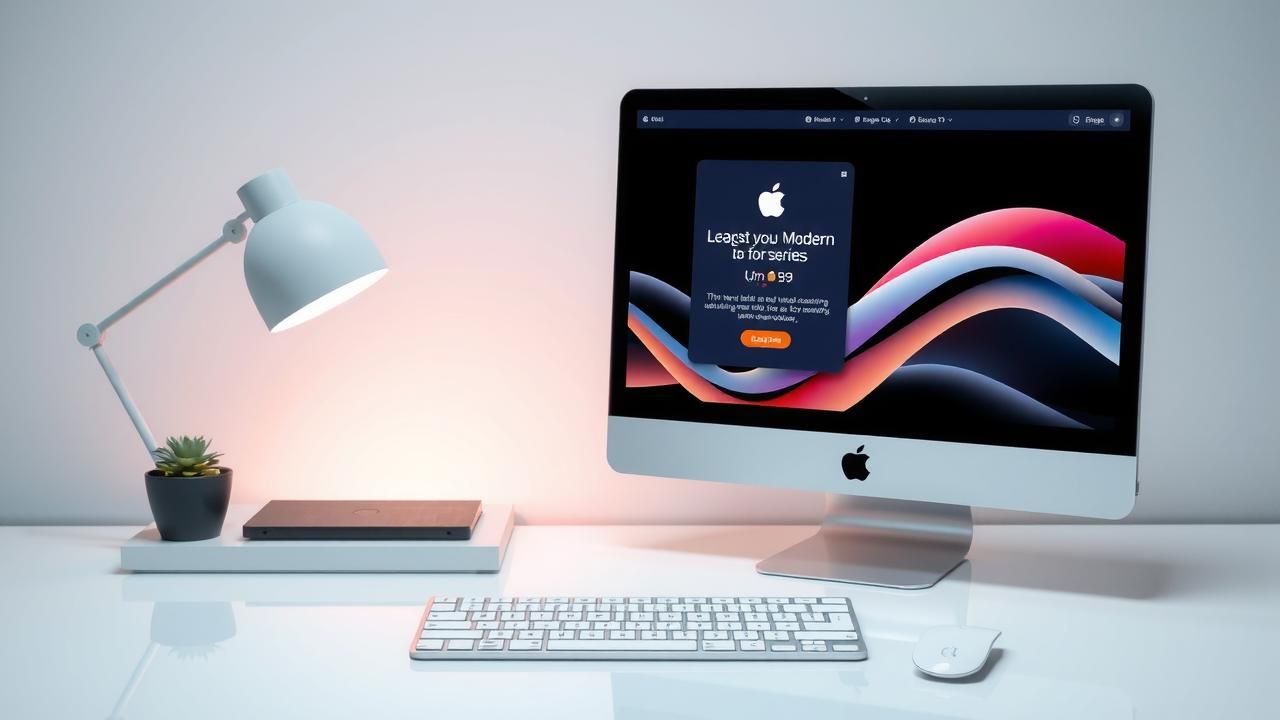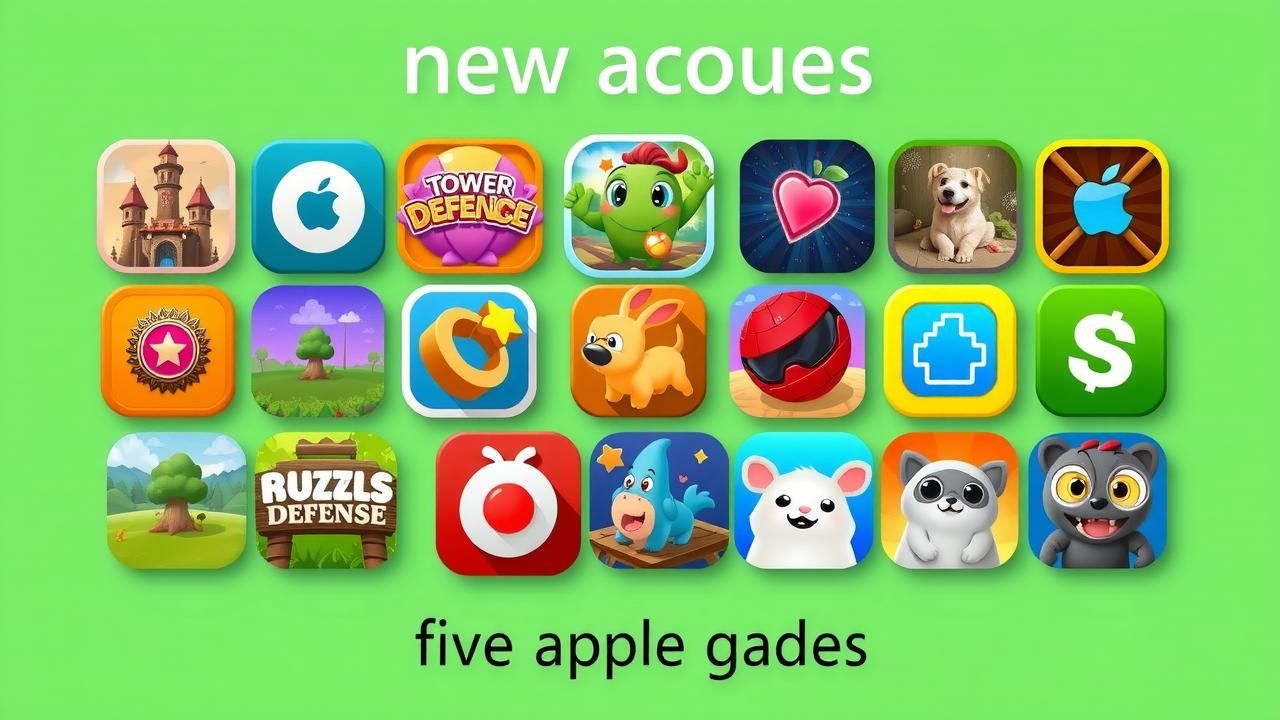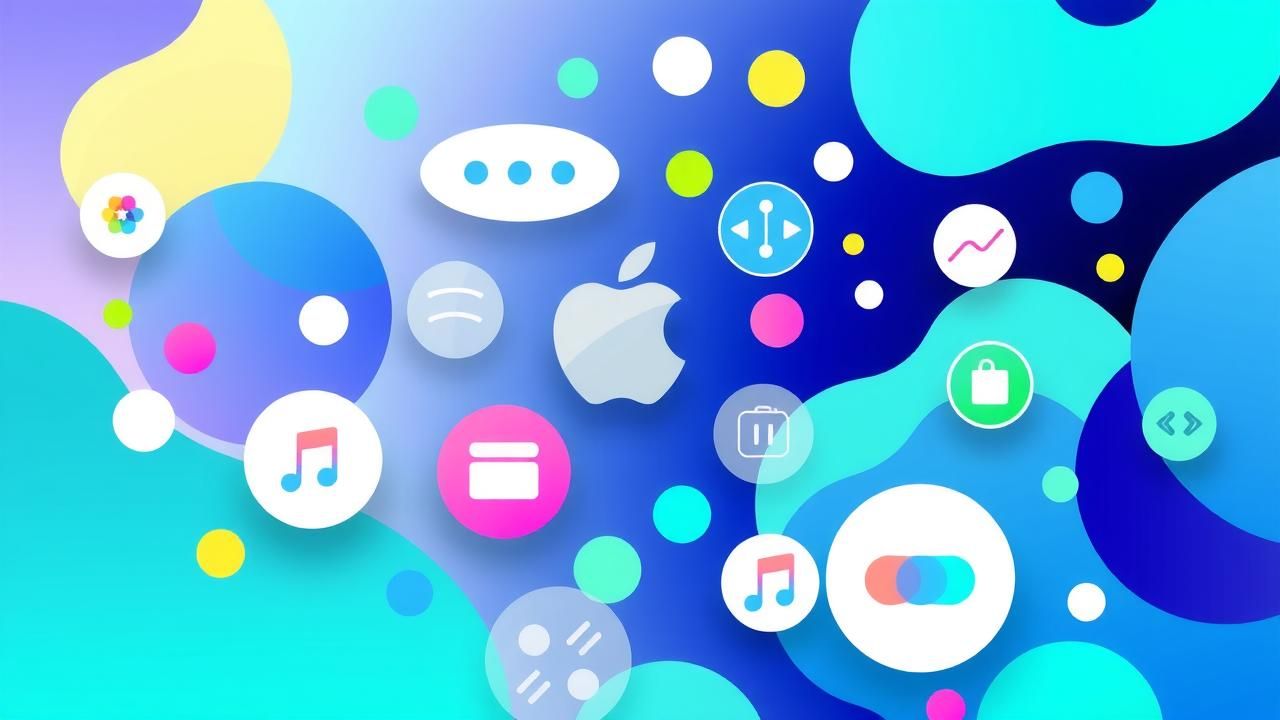Apple’s 2025 WWDC keynote revealed iOS 26 featuring the new Liquid Glass design with incremental updates across Apple’s OS. Key features include Live Translations, revamped Photos and Phone apps, and new Apple Games. Other platforms showcased minor enhancements while emphasizing privacy and user experience.
Apple’s 2025 Worldwide Developers Conference (WWDC) keynote brought a decidedly subdued affair, far from the buzz of groundbreaking announcements it usually delivers. With major hardware updates pushed to September and avoiding hot topics such as AI and augmented reality, Apple opted for a back-to-basics approach. Tim Cook, the CEO, and Senior VP Craig Federighi made it clear: iOS was in dire need of an upgrade.
The focus of the keynote was the reveal of iOS 26, featuring a fresh redesign dubbed Liquid Glass. Alongside the visual overhaul, Apple confirmed a new naming convention for its software platforms, aiming to better align with the company’s vision. Though AI capabilities were not the star of the show, they were nonetheless incorporated throughout the OS, introducing features like live translations, music tools, and Safari updates, albeit with a sense of play-by-play reactions to other tech players like Google which had made AI its top focus.
iOS 26 showcases a mix of both substantial changes and incremental updates. An overview reveals significant transformations as well as foundational upgrades across all of Apple’s operating systems. The newly unveiled Liquid Glass visual style provides a strikingly modern interface while still feeling familiar enough not to alienate users.
Federighi described the new design as “expressive,” allowing apps to seemingly float in a three-dimensional space, reminiscent of the Vision Pro interface. This new aesthetic boasts a more responsive and fluid interaction, complemented by an updated Dark Mode and a minimalist Clear theme that, while fresh, evokes memories of older Windows aesthetics. Some of the changes may not be revolutionary, but they are definitely thoughtful and clever enough to elicit some nodding approval from users.
One standout feature arriving in iOS 26 is Live Translations, promising to enhance communication through real-time translation in core apps like Messages and FaceTime. Remarkably, the translations are processed directly on the device and can even mimic users’ voices, a somewhat eerie yet impressive technical achievement. This functionality extends to music as well, enabling real-time lyric translation that could assist sing-alongs.
The Phone app receives a revamped user interface, merging Favorites, Recents, and Voicemails into a single view. Call Screening has now been added, giving the option to request callers clarify their intentions before answering, while Hold Assist notifies users when a real person answers a call after being on hold. These updates might seem small but are designed to enhance the overall user experience.
For the Photos app, long overdue enhancements are finally on the way. Aiming to simplify the confusing layout introduced in iOS 18, the app is transitioning to a more intuitive structure featuring two main tabs for easy access to either the full photo library or collections. It feels less like a brand-new design and more like a fresh take on a familiar face, but any improvement is welcomed.
Messages also sees improvements, especially in group chats where Apple Pay integration could make splitting bills easier, alongside built-in Polls to facilitate decision-making. Automatic sorting of unknown contacts makes it less cumbersome to manage incoming messages, proving beneficial for online daters trying to keep track of their conversations.
CarPlay’s new design introduces a compact view for incoming calls, making it easier for drivers to see who’s calling without disrupting crucial navigation. The inclusion of widgets and Live Activities is another step toward seamless integration while driving, which is often a concern for user safety.
Apple Maps introduces new features like Visited Places that tracks previous locations, providing organized data within the app. It also learns daily patterns to suggest preferred routes, although some may raise eyebrows about privacy since the information is stored on-device and encrypted, a commitment from Apple that might feel like a standard PR line by now.
In a noticeable leap into the gaming sector, Apple announced the launch of a new Games app consolidating gaming activities and features, along with a Play Together section designed for social gameplay.
Safari’s upgrades focus on privacy and design, introducing advanced fingerprinting protection while streamlining its visuals. A new rounded edge-to-edge look aims to enhance the browsing experience overall.
Finally, watchOS is relatively understated, presenting minor updates, while VisionOS embraces its spatial computing roots with enhanced widgets and social interaction. Users can share experiences in the virtual environment, positioning Apple as they continue exploring this innovative landscape.






